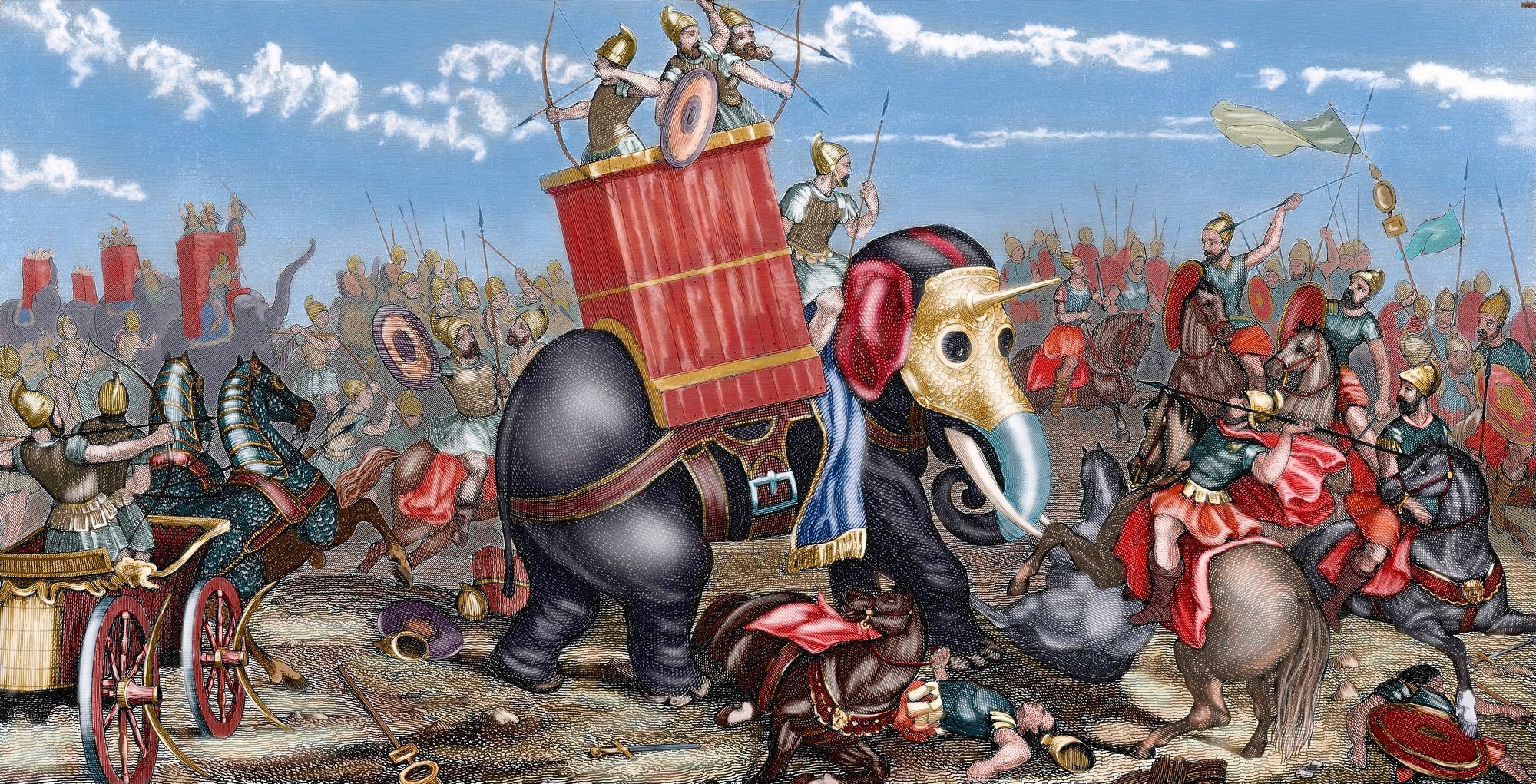
What were the Punic Wars? The Punic Wars were a series of three epic conflicts fought between Rome and Carthage from 264 BC to 146 BC. These wars shaped the ancient world, determining the fate of the Mediterranean region. Rome, a burgeoning republic, clashed with Carthage, a powerful city-state in North Africa, over control of trade routes and territories. The battles were fierce, featuring legendary leaders like Hannibal and Scipio Africanus. By the end of these wars, Rome emerged victorious, leading to Carthage’s destruction and Rome’s dominance. Dive into these 32 fascinating facts to learn more about this pivotal period in history.
The Origins of the Punic Wars
The Punic Wars were a series of three conflicts fought between Rome and Carthage from 264 BC to 146 BC. These wars were pivotal in shaping the ancient world.
- The name “Punic” comes from the Latin word “Punicus,” referring to the Carthaginians’ Phoenician ancestry.
- Carthage was a powerful city-state located in present-day Tunisia.
- Rome and Carthage were initially allies against the Greek city-states.
- The First Punic War began over control of Sicily, a strategically important island.
- Carthage had a strong navy, while Rome excelled in land battles.
Key Battles and Strategies
The Punic Wars saw numerous significant battles and innovative strategies that changed the course of history.
- The Battle of Mylae in 260 BC was Rome’s first major naval victory.
- Carthage’s general, Hamilcar Barca, used guerrilla tactics during the First Punic War.
- The Battle of Cannae in 216 BC was one of Hannibal’s greatest victories, where he encircled and destroyed a much larger Roman army.
- The Roman general Scipio Africanus defeated Hannibal at the Battle of Zama in 202 BC, ending the Second Punic War.
- Rome’s use of the corvus, a boarding device, helped them win naval battles despite their initial inexperience at sea.
Notable Figures
Several key figures emerged during the Punic Wars, leaving lasting legacies.
- Hannibal Barca, one of history’s greatest military commanders, famously crossed the Alps with elephants to invade Italy.
- Scipio Africanus earned his name after defeating Hannibal and securing Roman victory in the Second Punic War.
- Hamilcar Barca, Hannibal’s father, was a prominent Carthaginian general during the First Punic War.
- Cato the Elder, a Roman senator, ended every speech with “Carthago delenda est” (Carthage must be destroyed), emphasizing the threat Carthage posed.
- Hasdrubal Barca, Hannibal’s brother, also played a significant role in the wars, particularly in Spain.
Impact on Rome and Carthage
The Punic Wars had profound effects on both Rome and Carthage, shaping their futures.
- Rome emerged as the dominant power in the Mediterranean after the Punic Wars.
- Carthage was severely weakened and eventually destroyed in the Third Punic War.
- The wars led to significant economic strain on both sides, with Rome imposing harsh reparations on Carthage.
- Rome’s victory allowed it to expand its territories, leading to the eventual establishment of the Roman Empire.
- The destruction of Carthage in 146 BC marked the end of the Punic Wars and the beginning of Roman hegemony in the region.
Cultural and Technological Advancements
The Punic Wars also spurred cultural and technological advancements.
- Roman engineering improved significantly, with innovations in siege warfare and naval construction.
- The wars led to the spread of Roman culture and language throughout the Mediterranean.
- Carthaginian agricultural techniques, particularly in irrigation, influenced Roman farming practices.
- The conflict prompted advancements in military strategy and tactics, studied by future generations.
- The wars contributed to the development of Roman law and governance, as Rome integrated conquered territories.
Legacy of the Punic Wars
The legacy of the Punic Wars continues to be felt today, influencing modern military strategy and historical understanding.
- The term “Punic” has come to symbolize treachery and deceit, reflecting Roman views of Carthaginian diplomacy.
- Hannibal’s tactics at Cannae are still studied in military academies worldwide.
- The wars highlighted the importance of logistics and supply lines in military campaigns.
- The Punic Wars demonstrated the impact of leadership and morale on the outcome of conflicts.
- The destruction of Carthage served as a cautionary tale about the consequences of prolonged rivalry and warfare.
Modern Interpretations
Historians and scholars continue to analyze the Punic Wars, offering new insights and interpretations.
- Recent archaeological discoveries have provided a better understanding of Carthaginian society and military capabilities.
- Modern historians debate the motivations behind Rome’s relentless pursuit of Carthage’s destruction, considering economic, political, and cultural factors.
The Legacy of the Punic Wars
The Punic Wars left a lasting impact on Rome and Carthage. Rome’s victory solidified its position as a dominant power in the Mediterranean, paving the way for the Roman Empire. Carthage, once a thriving city, was reduced to ruins, marking the end of its influence. The wars showcased the strategic brilliance of leaders like Hannibal and Scipio Africanus, whose tactics are still studied in military academies today. The conflicts also highlighted the importance of naval power, alliances, and logistics in warfare. Understanding these wars gives us a glimpse into the complexities of ancient geopolitics and the relentless pursuit of power. The Punic Wars were more than just battles; they were a turning point in history, shaping the future of Western civilization.
Was this page helpful?
Our commitment to delivering trustworthy and engaging content is at the heart of what we do. Each fact on our site is contributed by real users like you, bringing a wealth of diverse insights and information. To ensure the highest standards of accuracy and reliability, our dedicated editors meticulously review each submission. This process guarantees that the facts we share are not only fascinating but also credible. Trust in our commitment to quality and authenticity as you explore and learn with us.


